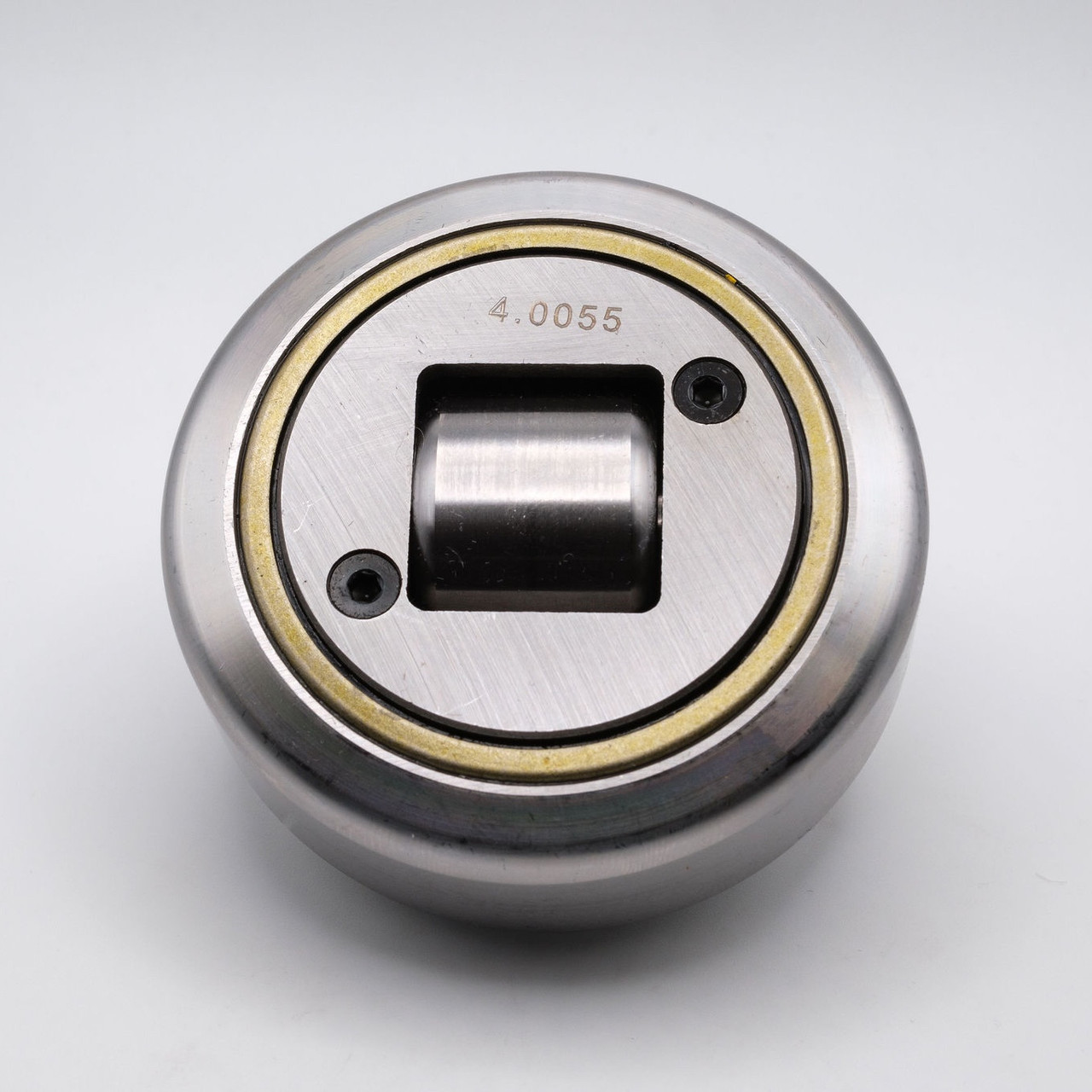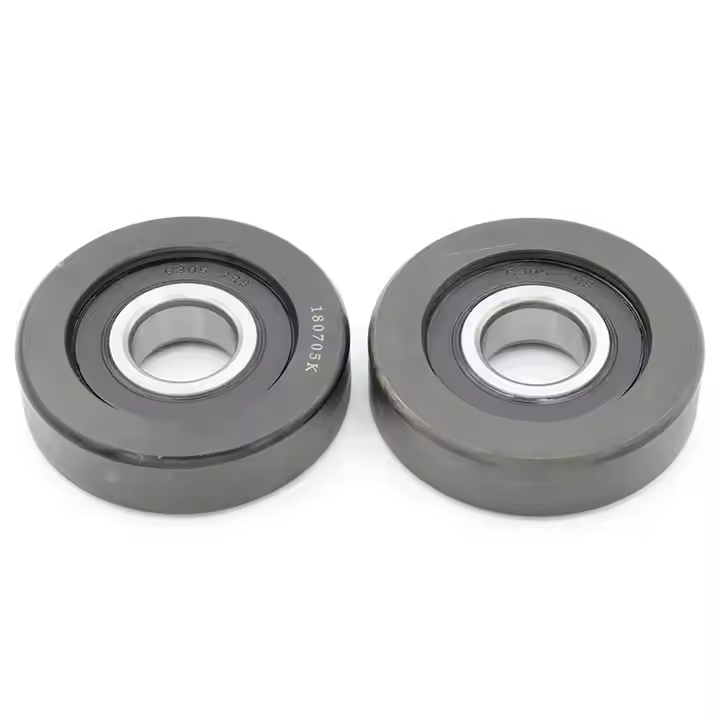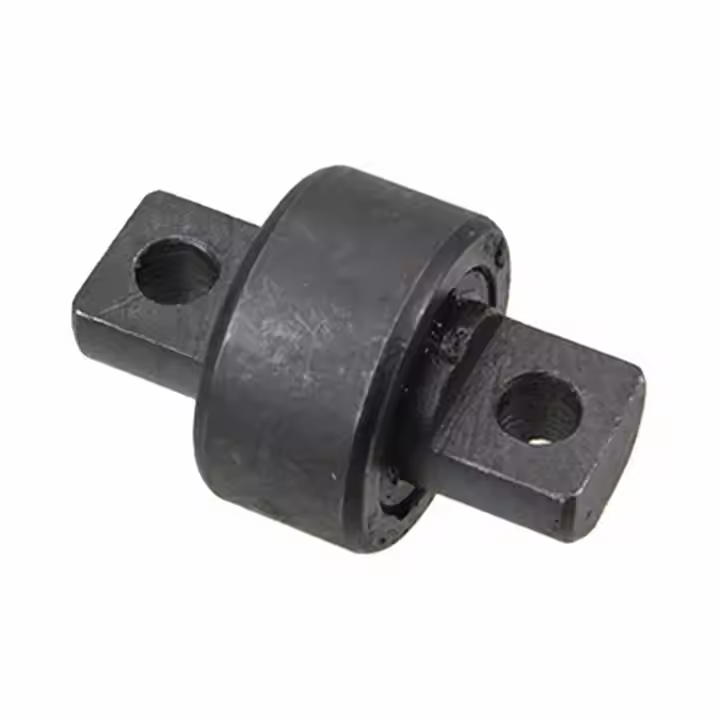Newsroom
Where are the difficulties in the production of forklift bearings?
2024-10-25The production of forklift bearings has the following difficulties:
High Precision Requirements
Dimensional Precision
The dimensional precision of the inner and outer diameters of forklift bearings needs to be strictly controlled. For example, for the bearings installed on the wheels of a forklift, the tolerance range of the inner diameter dimension is usually required to be within a very small interval, generally between ±0.01 - ±0.03mm. If the inner diameter dimension is too large, it will cause the fit between the bearing and the shaft to be too loose after installation. During the operation of the forklift, the bearing is prone to shaking, which will affect the stability and controllability of the forklift. Conversely, if the inner diameter dimension is too small, the installation will be very difficult and may even damage the bearing or the shaft.
The outer diameter dimension is equally crucial as it needs to fit tightly with the bearing housing. If the precision of the outer diameter dimension is insufficient, it may lead to the situation where the bearing becomes loose or cannot be installed in the bearing housing.

Rotational Precision
Forklift bearings need to ensure a relatively high rotational precision during operation. Because when the forklift is transporting goods, the bearings on parts such as the wheels need to rotate smoothly to ensure the smooth movement of the forklift and the safe transportation of the goods. Generally speaking, the radial runout and axial displacement of forklift bearings should be controlled within a very small numerical range. For example, the radial runout is usually required to be less than 0.03mm, and the axial displacement is required to be less than 0.05mm. If the rotational precision is not enough, it will cause vibration and noise during the operation of the forklift, and will also accelerate the wear of the bearing and shorten its service life.
High Requirements for Load-bearing Capacity
Load-bearing Requirements Determined by the Working Characteristics of Forklifts
Forklifts often need to carry relatively heavy goods, and their bearings have to bear relatively large radial and axial loads. Taking a common 3 - 5-ton forklift as an example, the radial load that the drive wheel bearings need to bear when fully loaded may reach several tons. This requires that components such as the rollers and raceways of the bearings have sufficient strength and hardness to bear these loads and prevent deformation, crushing and other failure modes. 
Challenges in Material and Structural Design
To meet the requirements of high load-bearing capacity, in terms of material selection, high-quality bearing steels such as GCr15 high-carbon chromium bearing steel need to be used. After undergoing heat treatment processes such as quenching and tempering, these steels can obtain relatively high hardness and toughness. However, at the same time, this also puts forward high requirements for the control of the heat treatment process. Because if the heat treatment is improper, for example, if the quenching temperature is too high or the tempering is not timely, it will lead to coarse internal structures of the steel or the generation of cracks, reducing the load-bearing capacity of the bearing.
In terms of structural design, the shape, number and size of the rollers of the bearing as well as the contour of the raceway need to be carefully designed. For example, for forklift bearings that bear relatively large loads, adopting a tapered roller bearing structure can better share the radial and axial loads. The design of the roller size should take into account the load-bearing capacity and space limitations, and the number of rollers should ensure that the loads can be effectively shared in different load directions.
Strict Requirements for Sealing Performance
Good Sealing Required Due to Harsh Working Environments
Forklifts usually work in various indoor and outdoor environments and may encounter pollutants such as dust, mud, and oil stains. For example, for forklifts used on construction sites, the surrounding environment is dusty. If the bearings are not well sealed, dust can easily enter the interior of the bearings, mix with the grease, form abrasives, and exacerbate the wear of the bearings. For forklifts operating in some ports, they may come into contact with corrosive media such as seawater and salt fog, and the requirements for the sealing performance of the bearings are even higher. 
Complexities in Sealing Structure Design and Material Selection
When designing the sealing structure, factors such as sealing effect and friction need to be comprehensively considered. Common sealing methods include rubber sealing ring sealing and metal sealing. Rubber sealing rings have good elasticity and sealing performance, but they may age, harden and lose their sealing function in high-temperature environments; metal sealing has better high-temperature resistance and corrosion resistance, but the fitting precision of the seal requires higher. In terms of material selection, for rubber sealing rings, rubber materials with good oil resistance, wear resistance and aging resistance, such as nitrile rubber, should be selected; for metal sealing parts, corrosion-resistant stainless steel and other materials should be selected, and the seal surface should be finely processed to ensure the sealing effect.
High Requirements for Reliability and Service Life
The Frequent Use of Forklifts Tests the Service Life of Bearings
Forklifts are frequently used in places such as logistics warehouses and factory workshops, and the daily working time may be as long as several hours or even more than ten hours. This requires that the bearings can maintain reliable performance under long-term and high-frequency working conditions. Taking a forklift in a medium-sized logistics warehouse as an example, its annual working hours may reach about 2000 - 3000 hours, and the bearings need to ensure a service life of at least several years under such working intensity. 
The Quality Control System Ensures Reliability
To ensure the reliability and service life of the bearings, a strict quality control system needs to be established during the production process. From the inspection of raw materials, the monitoring of the processing process to the detection of finished products, every link is of crucial importance. For example, in the inspection of raw materials, the chemical composition and metallographic structure of the bearing steel need to be strictly detected to ensure that the steel quality meets the requirements; during the processing process, the processing precision of each process needs to be monitored to timely discover and correct processing errors; in the detection of finished products, life tests and load-bearing capacity tests simulating actual working conditions need to be carried out to ensure that the performance and reliability of the bearings meet the standards.


